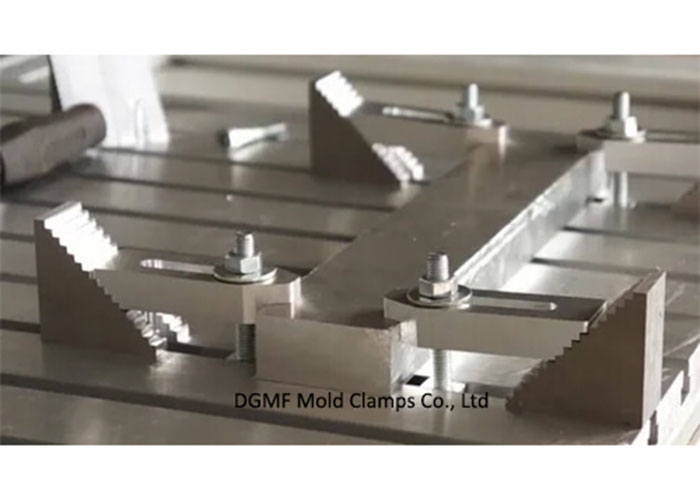Do you think, is the mold clamp in the tools design a standard part? And why or why not?
A mold clamp in the tools design a standard part
According to the Machine Tools Design Manual, the mold clamp in the design of the tool is a standard part.
Standard parts refer to the common tooling parts or components such as screw parts, keys, pins, rolling bearings, etc. which have been fully standardized in structure, size, drawing method, marking, etc., and are produced by professional factories.
In a broad sense, it includes standardized fasteners, couplings, transmission parts, seals, hydraulic components, pneumatic components, bearings, springs, mold clamps, and other mechanical parts. The narrow sense includes only standardized fasteners.
The standard parts commonly known in China are short for standard fasteners, which are narrow concepts, but the existence of broad concepts cannot be excluded. In addition, there are industry-standard parts, such as automotive standard parts, mold standard parts, etc., which also belong to the generalized standard parts.
The mold clamp in the tooling design is a standard part, and the country has prescribed standards.
- The tooling design should be based on the needs of batch size.
For example, small-volume scribing and drilling of box parts, free clamping; medium batch processing with drill molds; large-volume design special machine, permanent tool; extra-large-volume design special machine line, considering the uniformity of positioning standards, clamping Consistency:
Perennial production of large-volume design and processing automatic lines, in addition to considering the uniformity of positioning benchmarks and the consistency of clamping. Also consider the design of the random tool, the design of the workpiece conveyor chain, the design of the manipulator, the design of automatic measurement, the design of automatic compensation.
- The design should meet the needs of the machine tool.
For example, a milling machine needs to know what is down milling, what is up milling, and their stress conditions.
- To meet the needs of six degrees of freedom.
- Reduce the need for workpiece deformation.
- Adapt to the needs of the changes in the shape of the workpiece.
- It is necessary to consider that the cutting forces cancel each other out during processing to reduce the weight and clamping force of the tooling.
- The tooling design should be humanized.
- Work design should consider the processing habits of workers.
- The parts of tooling design should be as uniform as possible to facilitate the manufacturing and maintenance of tooling.
Please contact DGMF Mold Clamps Co., Ltd to get the CNC clamps quotation, thank you.
You may also be interested in the below articles:
Summary Of 50 Injection Mold Structure Operation Dynamic Diagrams




